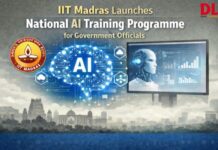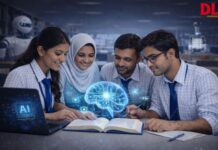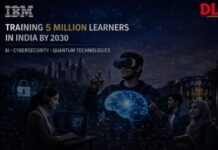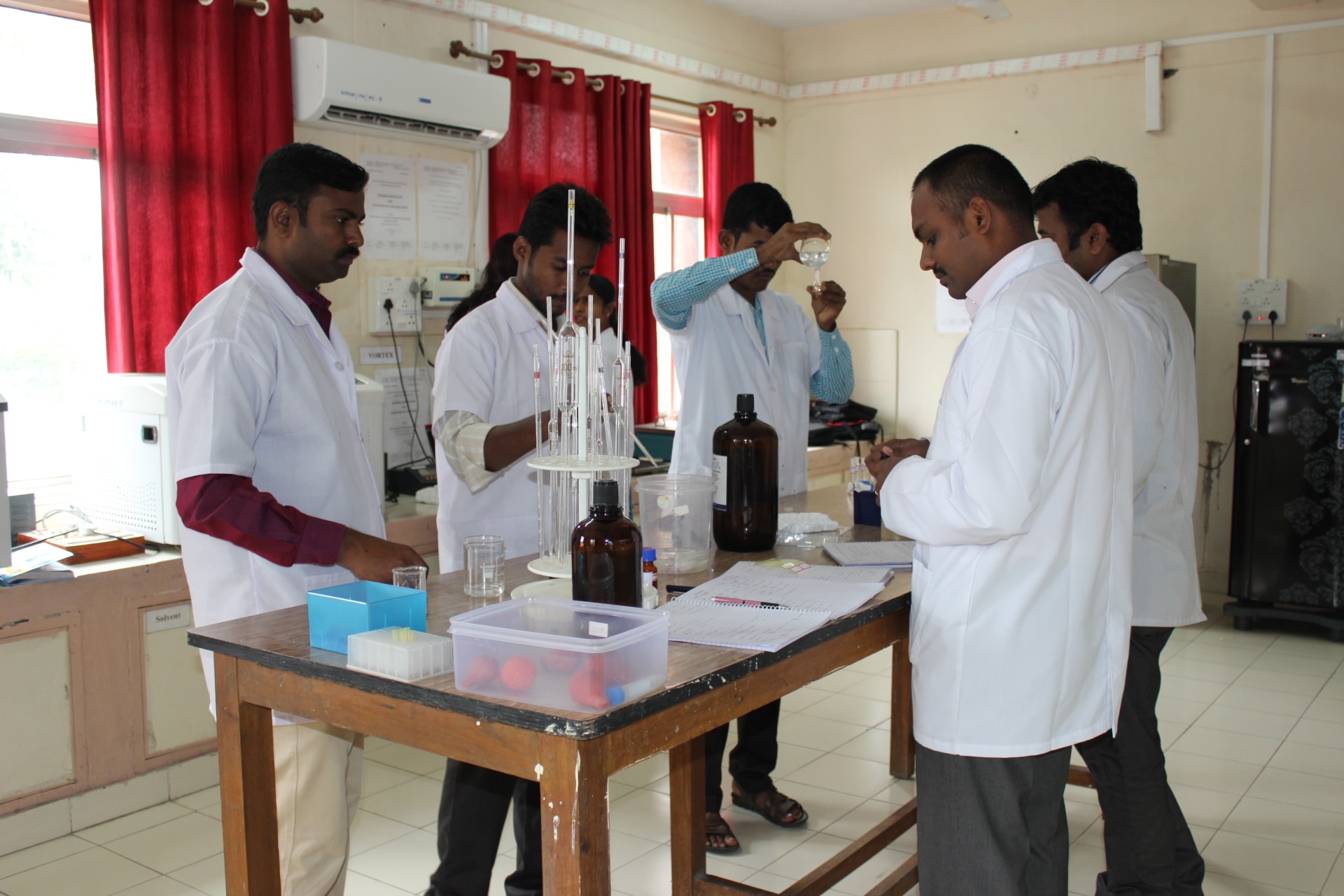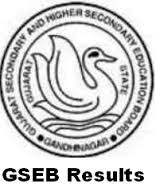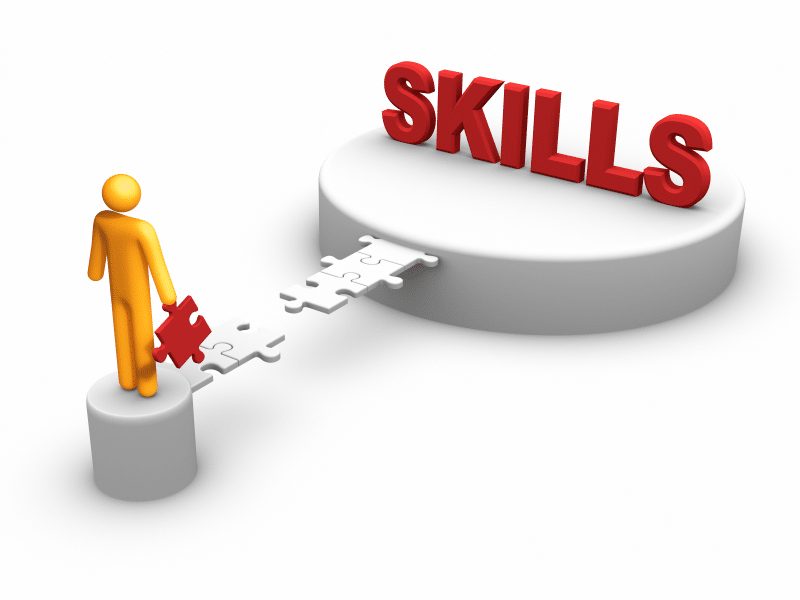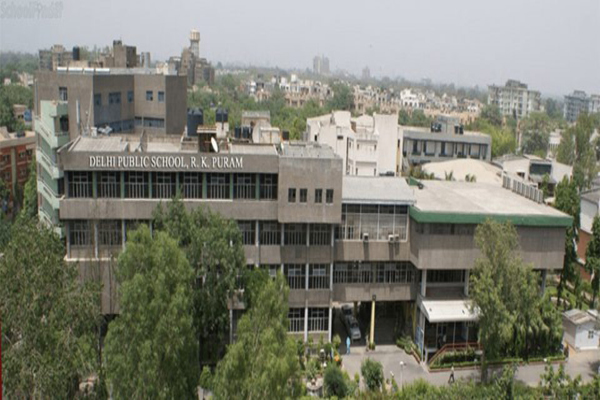The President of India, Shri Pranab Mukherjee attended the fourth Convocation of Babasaheb Bhimrao Ambedkar University (BBAU) today (May 10, 2013) at Lucknow.
Speaking on the occasion, the President said that education is a crucial element for national progress, human empowerment and social change. He said that the rising incidents of crime against women and children call for effective measures to ensure their safety and security. It also calls for arresting the moral decline in our society. He said that we must find solutions for bringing such degradation of values to an immediate halt. He stated that our universities, that possess the capability to shape the minds of the youth, should set the process of redefining our moral values in motion.
The President said that there is a need to change the mechanics of rendering education and the time for it is now. He said that our universities must deliver education of international standards. Every university should identify one department that can be developed into a Centre of Excellence. He called upon the Central universities to spearhead this transformation.
The President said that increasing the access to higher education is a necessary step towards inclusion. It must be made affordable for meritorious students from economically difficult background through scholarships, student loans and other student-aid measures. He said that our efforts must be directed at bringing higher education closer to our population by resorting to innovative techniques of education delivery.
The President said that there are teachers who motivate students to think from different perspectives. These teachers can spur holistic learning and new thinking, he added. He stated that our universities should be able to identify such ‘inspired teachers’ and encourage them to mentor junior teachers and students.
The President said that there are many grassroots innovations that, due to lack of technological and commercial support, remain denied of development into marketable products. He stated that mentoring of grass root innovators by universities and industry would help in taking the benefits of technology closer to the people.
On the occasion, the President also inaugurated an Innovators’ Exhibition and BBAU Innovation Club. BBAU is the first Central University to set up these two elements related to innovation. During the Vice Chancellors’ Conference held earlier this year in Rashtrapati Bhavan, it was decided to set up an Innovation Club and exhibition of regional innovators in Central Universities. The Innovation Club will search, spread, sense and celebrate the innovation of the region in which Babasaheb Bhimrao Ambedkar University is located.
Among the dignitaries present on the occasion, were Governor of Uttar Pradesh, BL Joshi, Chief Minister of Uttar Pradesh, Akhilesh Yadav and Minister of State for Human Resource Development, Jitin Prasada.


